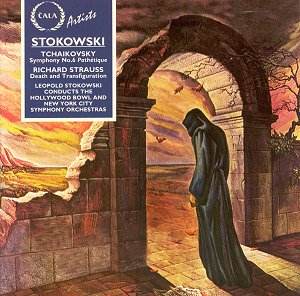 Composer: Roy Harris
Composer: Roy Harris
Works: Symphony No. 8 “San Francisco Symphony” (1962), Symphony No. 9 (1962), Memories of a Child’s Sunday (1945)
Performers: Albany Symphony Orchestra, David Allan Miller (conductor), Alan Feinberg (piano)
Recording: Troy Savings Bank Music Hall, April 1998 (Symphony No. 8), November 1998 (Symphony No. 9, Memories)
Label: Albany Troy 350
Roy Harris, an American composer whose prolific output included thirteen symphonies, is perhaps best remembered for his Third Symphony, a work frequently lauded as a cornerstone of American orchestral music. The present recording features his Eighth and Ninth Symphonies, both composed in 1962, alongside the lighter piece, Memories of a Child’s Sunday. This collection not only showcases Harris’s evolution as a composer but also offers a critical opportunity to reassess the significance of his later works, which, while overshadowed by the Third, merit equal attention for their ambition and complexity.
The Albany Symphony Orchestra, under the direction of David Allan Miller, delivers a committed performance that highlights the stylistic nuances of these symphonies. Starting with Symphony No. 8, originally conceived to commemorate the fiftieth anniversary of the San Francisco Symphony Orchestra, the work features a more transparent orchestration compared to Harris’s earlier symphonic style. This transparency is well captured in the recording, allowing for the delicate interplay between instruments to emerge without muddiness. The inclusion of an amplified piano, an unusual feature in symphonic writing, serves both as a nod to the composer’s personal life—his wife Joanna being the performer—and as a unique textural element that enriches the orchestral fabric. The fourth movement’s orchestral transcription of material from the earlier cantata Canticle of the Sun adds a reflective quality that resonates with the broader themes of nature and humanity often found in Harris’s oeuvre.
The Ninth Symphony, commissioned by the Philadelphia Orchestra, is a more expansive work that contrasts sharply with its predecessor. Its three movements exhibit distinct characterizations, particularly in the opening “We, the people,” which stands out as a vigorous and engaging statement, effectively deploying sonata form in a manner that is both accessible and structurally sound. The solemnity of the second movement “…to form a more perfect Union” introduces a darker psychological landscape, with moments of tension that build towards a poignant climax. The final movement, “Contrapuntal Structures,” is a massive triple fugue that showcases Harris’s mastery of counterpoint, culminating in an impressive coda that leaves a lasting impression. The orchestra’s execution of these intricate sections is commendable; clarity of lines and a well-balanced ensemble sound are evident throughout.
Alan Feinberg’s contribution in Memories of a Child’s Sunday is equally noteworthy. This work, lighter in mood, encompasses a range of textures and emotions, from the serene opening movement “Bells” to the more tumultuous central section of “Imagining Things.” The sonic architecture is adeptly maintained, with the recording quality allowing for the subtleties of the piano’s voice to shine through, particularly in the lively concluding movement, which evokes a sense of playfulness reminiscent of other 20th-century composers like Respighi and Bliss.
The engineering of this recording deserves praise for its clarity and depth; the spatial arrangement of the orchestra is well-defined, allowing listeners to appreciate the individual contributions of the various sections. The balance between the piano and orchestra is particularly well managed, ensuring that Feinberg’s playing complements rather than competes with the orchestral fabric.
Harris’s later symphonies may not enjoy the same widespread acclaim as his Third, yet they encapsulate a significant chapter in his compositional journey, marked by a willingness to experiment with form and texture. This recording serves as an important reminder of the depth and complexity inherent in Harris’s music, demonstrating that his Eighth and Ninth Symphonies, along with Memories of a Child’s Sunday, are deserving of a more prominent place in the symphonic repertoire. This collection not only satisfies the curiosity of Harris enthusiasts but also presents an inviting entry point for those unfamiliar with his later works, ultimately illuminating the richness of an often-underappreciated voice in American classical music.



